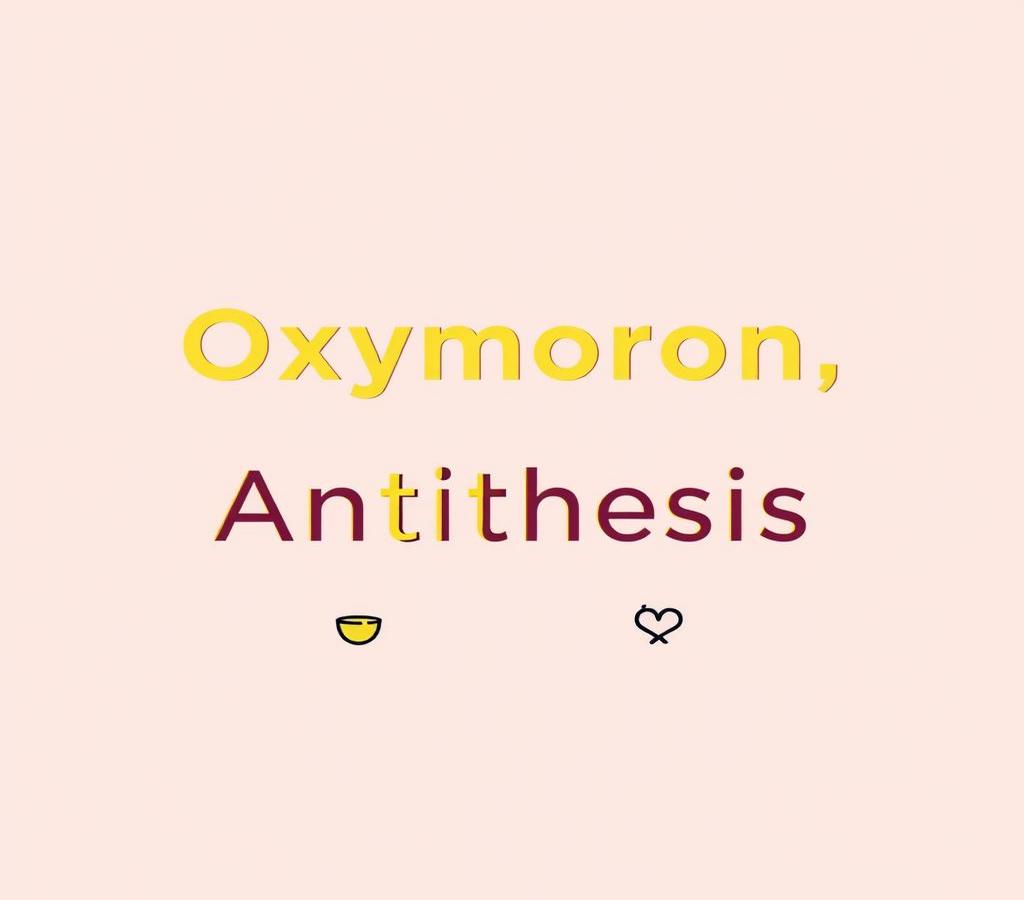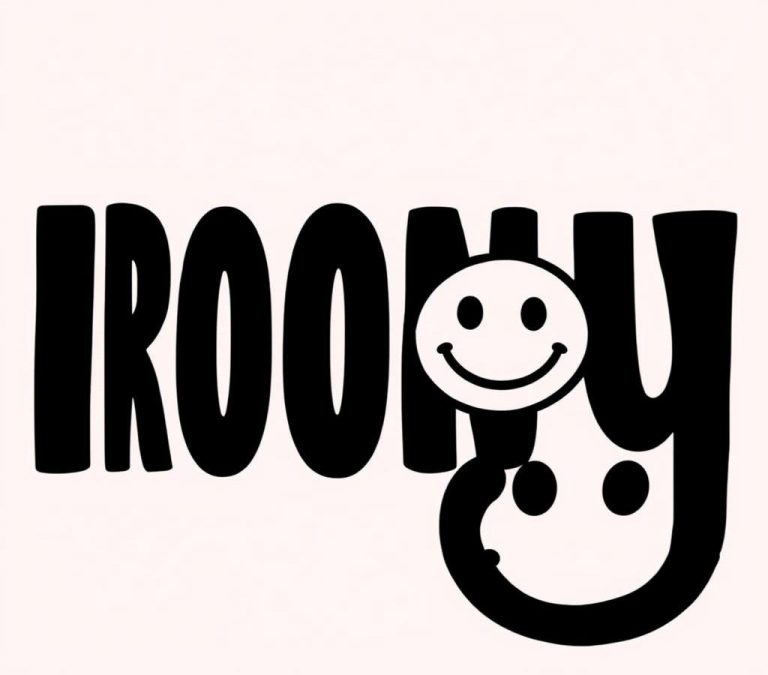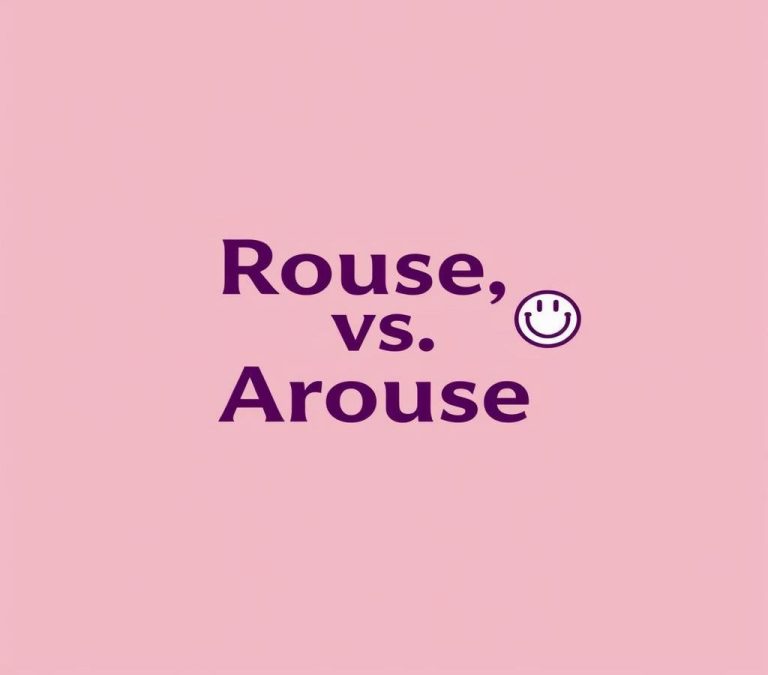Oxymoron vs Antithesis: Grammar Usage & Meaning Contrasts in Writing
Oxymoron and antithesis are language tools that add depth and interest to writing. While both involve contrasting ideas, they are not the same. Oxymoron combines two opposing words or ideas to create a single, impactful expression, like “bittersweet” or “jumbo shrimp.” Antithesis, on the other hand, places contrasting ideas side by side within a sentence or phrase to showcase differences, as in “It was the best of times, it was the worst of times.” Understanding how these devices differ can help writers convey their thoughts more effectively.
Quick Answer
Oxymoron and antithesis are both literary devices that combine two contrasting ideas. The key difference is that an oxymoron is a single phrase or word that combines two contradictory terms (e.g., “jumbo shrimp”), while an antithesis is a sentence or phrase that juxtaposes two opposing ideas (e.g., “It was the best of times, it was the worst of times”). In short, oxymorons are single words or phrases, while antithesis is a sentence structure.
Why There is Confusion
The confusion between “oxymoron” and “antithesis” often arises from their shared involvement in juxtaposing contrasting or opposing ideas. Both literary devices present sharp contrasts, yet they do so in distinctly different ways. While the results may seem similar, understanding the separate definitions and functions of each can help in recognizing the artful uses in literature and speech. By exploring the meanings and characteristics of both devices, the confusion can be unraveled. Furthermore, examining examples and their impacts on communication can clarify why these rhetorical elements are illuminating despite involving opposites.
What Does Oxymoron Mean?
An oxymoron is a figure of speech in which two opposite ideas are joined to create an effect. The common purpose of an oxymoron is to show a contradiction in a way that makes sense or adds depth to the meaning. This contradiction is often used to add complexity, humor, or curiosity within the context. A classic example is the phrase “bittersweet.” Here, the juxtaposition of “bitter” and “sweet” conveys depth in the sensation or emotion that one might be experiencing simultaneously. By combining these contrary terms, oxymorons can evoke surprise or a reflective pause, making readers or listeners reconsider conventional perceptions. Oxymorons generally appear as two words, though sometimes they can extend to phrases.
What Does Antithesis Mean?
Antithesis is a rhetorical device where two contrasting ideas are presented in a parallel manner, often to highlight their differences more boldly. Unlike an oxymoron, which tends to unite opposing words, antithesis emphasizes a stark contrast between two ideas. This device is commonly used in speeches and literature to make arguments clearer by presenting two sides in a balanced way. For example, the phrase “It was the best of times, it was the worst of times,” from Charles Dickens’s “A Tale of Two Cities,” uses antithesis to draw a sharp contrast between the opposing conditions of the period. Antitheses reinforce meaning by showing the clear distinction between two concepts, making the message more memorable and impactful.
Differences Between Oxymoron and Antithesis
Difference in Parts of Speech
Oxymorons typically function at the word level or short phrase level. They combine two contradictory words, usually adjectives and nouns, to create an expression that might initially seem self-defeating. An example could be “deafening silence,” where a noun, silence, is modified by an adjective, deafening.
In contrast, antithesis is more about sentence structure. It involves a pair of clauses or sentences, using parallelism to show contrast. The parts of speech in an antithesis can vary, as it seeks to balance the opposition through grammar and construction rather than merely juxtaposing words. Antithesis sentences often mirror each other in structure, but contain opposite meanings.
Difference in Meaning and Context
Oxymorons often aim to add a deeper layer of meaning or to create a paradoxical thought that draws attention due to its unique, concentrated use of opposites. They appear in a variety of contexts, such as poetry, prose, and everyday language, to provoke thought and add nuance.
Antitheses, on the other hand, are generally used to contrast broader ideas and values. This rhetorical device is particularly effective in discussions or arguments where pronounced differences need to be emphasized. In literature and speeches, antitheses are employed to highlight varying perspectives or dramatic contrasts in themes and subjects.
Difference in Usage and Effect
The usage of oxymoron is often more subtle. It enriches language by using the resonance of contrary terms to make the reader stop and think. Authors use oxymorons to create irony, profound meaning, or to evoke emotions that resonate with complexity.
Antithesis, however, is a tool for clarity through contrast. It distills differences into a form that is not just clear, but often poignant and memorable. By using antithesis, speakers and writers are able to illuminate the differences between ideas sharply, often persuading or challenging their audience.
Synonyms of Oxymoron
- Contradictory in terms
- Paradoxical phrase
- Juxtaposed opposites
- Paradoxical juxtaposition
These synonyms capture the spirit of oxymoron by highlighting the paradox and juxtaposition inherent in this type of expression.
Synonyms of Antithesis
- Direct opposite
- Contrasting point
- Reverse
- Polar opposite
- Contradiction
These synonyms emphasize the strong contrast and opposition seen in antithetical structuring.
Usage Examples of Oxymoron vs Antithesis
Examples of Oxymoron:
- “Jumbo shrimp” – The size of the shrimp contradicts the adjective “jumbo,” creating an ironic and humorous context.
- “Living dead” – Suggests entities that embody both life and death, a popular concept in fiction.
- “Clearly confused” – This suggests a state of mind where someone is both aware and unclear at the same time.
Examples of Antithesis:
- “Give every man thy ear, but few thy voice” – Shakespeare uses antithesis to suggest openness to listening yet being cautious in speech, underlining contrasting behaviors to be practiced.
- “Man proposes, God disposes” – This highlights human intention versus divine intervention, stressing the limitations of human actions compared to divine will.
- “That’s one small step for man, one giant leap for mankind” – Neil Armstrong contrasts the personal with the collective impact of his actions, emphasizing their significance.
Conclusion: Oxymoron vs Antithesis – What’s the Difference?
In summary, while both oxymoron and antithesis play with oppositions, the methods and outcomes distinctly differ. An oxymoron compresses contradictory terms into a brief expression that provokes deeper contemplation or humor. The device captures complexity in human experiences, adding dimension to language.
Conversely, antithesis is a rhetorical device that sharpens contrasts within phrases or sentences. By aligning opposing ideas with parallel structures, antithesis underscores the differences, enhancing clarity and persuasion. It brilliantly highlights the duality present within an argument or theme, driving a point home through stark comparison.
Recognizing these distinctions allows for a greater appreciation of the skill involved in literary and rhetorical expression, enhancing both the effectiveness and the joy of communication. Understanding oxymoron and antithesis, both separately and together, enriches our grasp of language, revealing the versatile power words hold to shape perception and understanding.







